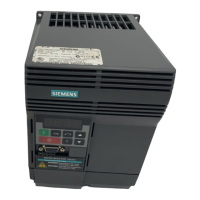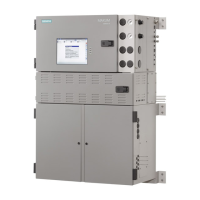Communications
11.5 Modbus RTU/ASCII Protocol
BW500 and BW500/L
134 Operating Instructions, 12/2016, A5E33482052-AD
There are two main differences between Modbus RTU and Modbus ASCII. The first is that
Modbus RTU encodes the message in 8-bit binary, while ASCII encodes the message in ASCII
characters. Therefore, one byte of information would be encoded into 8 bits for RTU and into two
ASCII characters for ASCII (which would be two 7-bit units). The second difference is that the
error checking method is different (see below).
Modbus RTU has the advantage that it has a much greater data throughput than ASCII. Modbus
ASCII has the advantage that it allows time intervals of up to one second to occur between
characters without causing an error. Either protocol works with the BW500 and BW500/L.
Note
When using a commercial Modbus driver all of the message details are handled for you.
To give you a better idea of how a Modbus message works, a master on network would send a
message in a format similar to this:
Where:
the network address of the slave being a
c-
number that represent a Modbus command,
either:
read function
Cyclical Redundancy Check (CRC) for RTU
and Longitudinal Redundancy Check (LRC)
for ASCII
There is more to the frame than is described above, this is shown to give the user a general
idea of what is going on. For a full description, refer to the Modbus specifications.
The memory map of the BW500 and BW500/L occupies the Modbus holding registers (R40,001
and up).
The BW500 and BW500/L was designed to make it easy for users to get useful information via
Modbus. The following chart gives an overview of the different sections.

